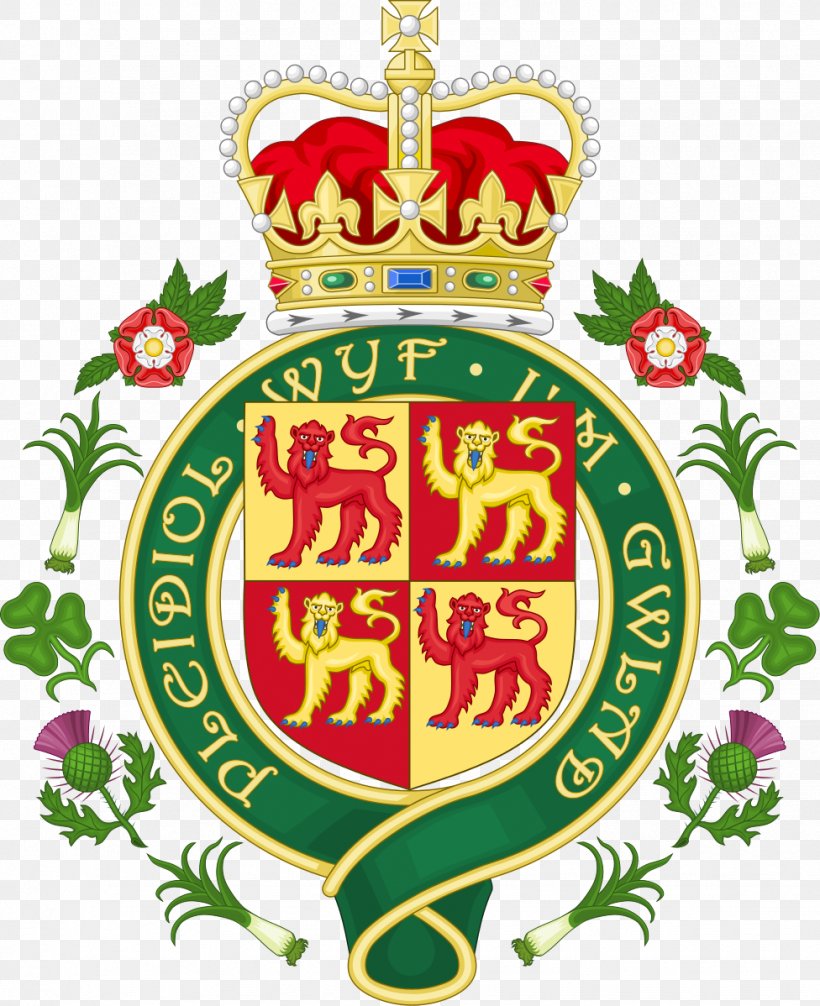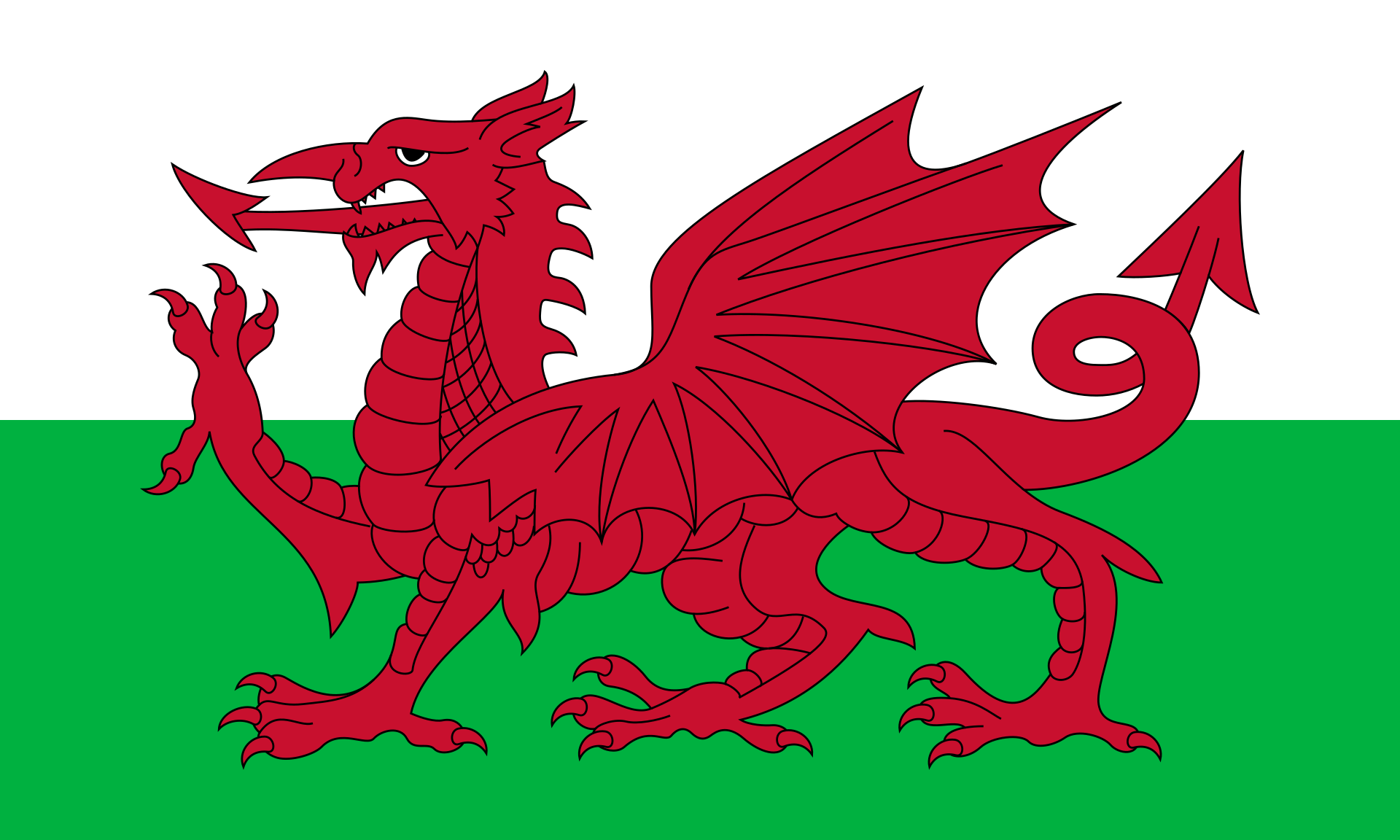
Wales

History
Culture
Climate
Landmarks
Plant and animal life
 The
monastic community was founded by Saint David, Abbot of
Menevia, who died in 589. Between 645 and 1097, the
community was attacked many times by raiders, including the
Vikings; however it was of such note as both a religious and
an intellectual centre that King Alfred summoned help from
the monastic community at St Davids in rebuilding the
intellectual life of the Kingdom of Wessex. Many of the
bishops were murdered by raiders and marauders, including
Bishop Moregenau in 999 and Bishop Abraham in 1080. The
stone that marked his grave, known as the "Abraham Stone",
is intricately carved with early Celtic symbols and is now
on permanent display within the Cathedral Exhibition at
Porth-y-Tŵr.
The
monastic community was founded by Saint David, Abbot of
Menevia, who died in 589. Between 645 and 1097, the
community was attacked many times by raiders, including the
Vikings; however it was of such note as both a religious and
an intellectual centre that King Alfred summoned help from
the monastic community at St Davids in rebuilding the
intellectual life of the Kingdom of Wessex. Many of the
bishops were murdered by raiders and marauders, including
Bishop Moregenau in 999 and Bishop Abraham in 1080. The
stone that marked his grave, known as the "Abraham Stone",
is intricately carved with early Celtic symbols and is now
on permanent display within the Cathedral Exhibition at
Porth-y-Tŵr.In 1081, William the Conqueror visited St Davids to pray, and thus recognised it as a holy and respected place. In 1089, the shrine of David was vandalised and stripped of its precious metals. In 1090, the Welsh scholar Rhigyfarch wrote his Latin Life of David, highlighting David's sanctity, thus beginning the almost cult-like status he achieved.
In 1115, with the area under Norman control, King Henry I of England appointed Bishop Bernard as Bishop of St Davids. He began to improve life within the community, and commenced construction of a new cathedral. In 1123, Pope Calixtus II granted Bishop Bernard's request to bestow a papal privilege upon St Davids, making it a centre of pilgrimage for the Western world; the Pope decreed that "Two pilgrimages to St Davids is equal to one to Rome, and three pilgrimages to one to Jerusalem".[1] The new cathedral was quickly constructed and Bishop Bernard consecrated it in 1131. Henry II of England's visit in 1171 saw the following of David increase and the need for a larger cathedral.